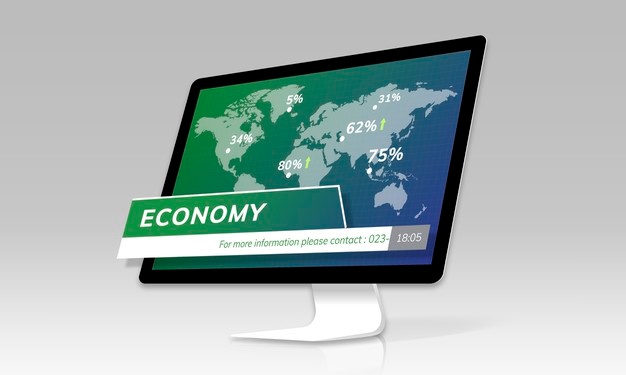Mine intellectualization is the only way for coal mine development
Smart mine applies new technologies such as Internet of things, big data and cloud computing to the coal industry to help the coal industry achieve high-quality development. Smart mines mainly serve large coal mining companies in the coal mining industry. Through smart production, safety and logistics systems, they help coal mines improve production efficiency, improve safety level, realize intelligent management, and help coal mines complete the transformation from "labor-intensive" to "technology intensive", which has become a new direction of the development of the coal mining industry.
Many factors drive the rapid development of the smart mine industry, and the industry space is huge
As the key to the modernization of coal mines, the construction of smart mines continued to accelerate. As of March 2022, 813 intelligent mining faces have been built in China, which has achieved a qualitative leap compared with the three intelligent mining faces in 2015. Multiple factors promote the sustained and rapid development of the smart mine industry. The continuous introduction of national and regional policies provides strong support for the construction of smart mines. The continuous improvement of industrial standards points out the direction for the construction of smart mines. The difficult recruitment and safety problems in mines highlight the necessity of the construction of smart mines, and the deepening of the large-scale and mechanization of coal mines lays the foundation for the construction of smart mines, The improvement of overall benefits brought by intellectualization has brought impetus to the construction of smart mines, and the industry has broad growth space in the next few years.
It is suggested to pay attention to: Beijing Longruan Technologies Inc(688078) , Chongqing Mas Sci.& Tech.Co.Ltd(300275) , Keda automatic control, North Road intelligent control, etc.
Risk tips: the epidemic repeatedly affects the project progress, macroeconomic pressure, less intelligent progress than expected, less downstream demand than expected, intensified industry competition, less policy support than expected, loss of core personnel and other risks.
